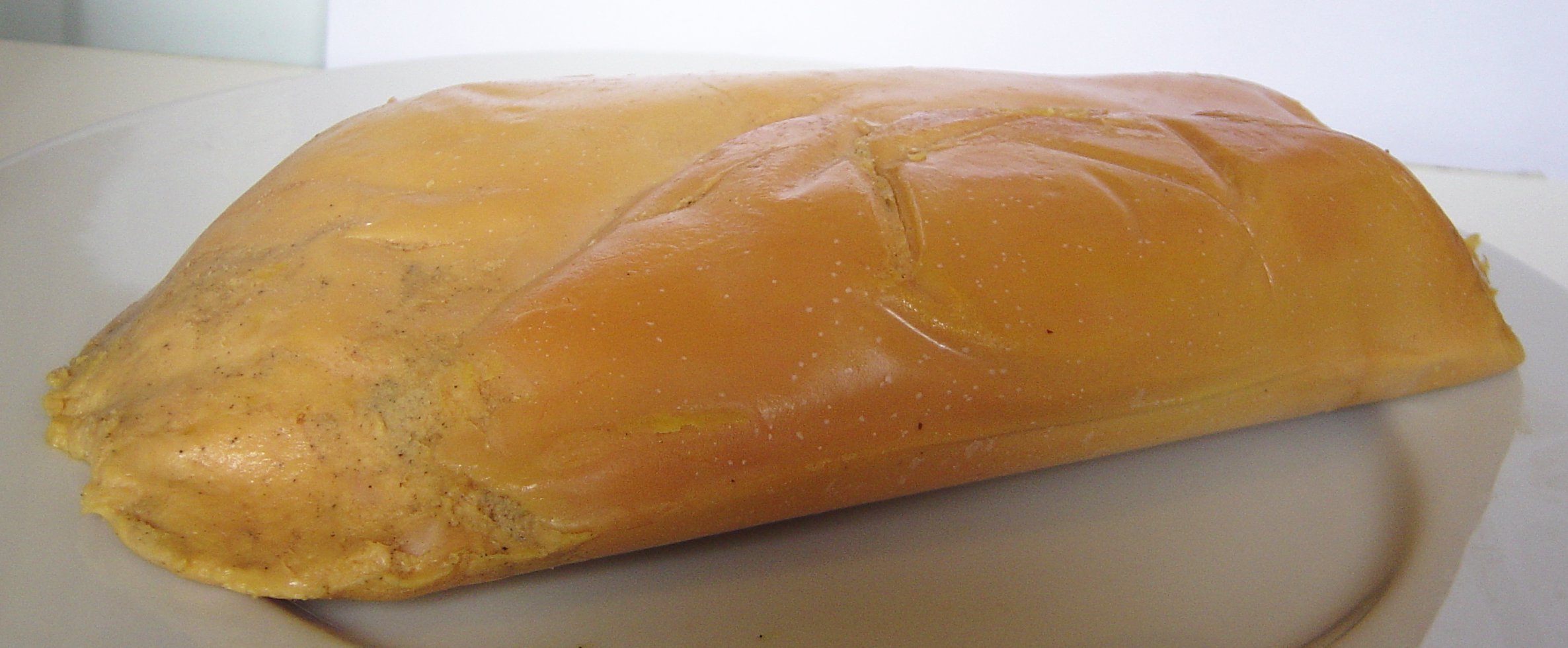 |
| Healthy human liver Source: Wikipedia |
 |
| NAFLD liver Source: Wikipedia |
Browning and colleagues conducted a two week trial where two nine-person groups of men and women were either put on a calorie restricted diet (CR) or a low carbohydrate diet (LC). The CR diet consisted of 1,200 to 1,500 Cal per day. The LC diet contained no more than 20 grams of carbohydrate per day and the subjects were allowed to eat ad libitum - they did not have to intentionally decrease food intake. Nuclear magnetic resonance spectroscopy was used to determine the triglyceride content of the subjects' livers before and after the intervention.
Both groups lost a similar amount of weight, eight to ten pounds on average, and both groups showed a reduction in liver fat. “However, given a similar degree of weight loss, the low-carbohydrate diet resulted in significantly greater intrahepatic triglyceride [liver fat] reduction than did the low-calorie diet” - a 28% reduction in the CR group compared to a 55% reduction in the LC group. Both groups showed a similar reduction in blood triglycerides with no impact on total cholesterol. When both groups were combined, a greater reduction in fatty liver content was associated with both lower carbohydrate intake and higher fat intake, and not with protein intake. Greater fat metabolism, as measured by higher blood ketone levels and lower respiratory quotient, had the strongest association with liver fat reduction. While it cannot be directly determined from this study, these data are consistent with the notion that a lower carbohydrate intake permits greater fat utilization, which in turn reduces fat sequestered in the liver, and that this is, or at least some of it is, independent of weight loss.
 |
| Conceptual representation of associations. Note: Degree of association and predictive power not to scale. |
Most people on the street believe that eating fat will make you fat. By extension, they probably expect a high fat diet to induce fatty liver disease, or at the very least, make an already fatty liver worse. This study turns this idea on it's head - it literally inverts the notion. While this study only showed that carbohydrate restriction can reduce fatty liver, can eating too many carbohydrates, at least the refined ones, contribute to fatty liver? History may give us some insight, as excessive carbohydrate feeding has been exploited for centuries to produce the quintessential, albeit controversial, delicacy known as foie gras.
 |
| Foie gras - whole liver Source: Wikipedia |
Foie gras is primarily associated with the French, who indeed hold domain over the name itself. To produce foie gras, geese are force-fed so that their livers become enlarged and fattened. This is obviously different from the human case since humans are not force-fed and because geese livers naturally increase fat storage prior to seasonal migration; although geese do not naturally fatten their livers six to ten times that of normal size. And what is fed to the geese to accomplish this feat? Refined carbohydrate.
According to Wikipedia (while I'm typically dubious of Wikipedia, this article was well referenced), geese are force fed a "high starch" diet consisting of corn feed. The feed is sometimes fried in fat to improve digestion. Furthermore, this practice has ancient roots. In his encyclopedic work Naturalis Historia, Pliny the Elder, a first century roman intellectual understood "...the same artificial method of increasing the size of the liver of the sow, as of that of the goose; it consists in cramming them with dried figs..."(Perseus Digital Library). It is probably not a coincidence that the ancient Romans or the French use concentrated fruit sugar or starchy food, respectively, rather than more calorically dense fatty foods such as pure lard or oils, to fatten the livers of geese. While I am of course extrapolating history to pathophysiology, I am confident the fatty-liver market has optimized the methodology of production. Fat does not simply beget fat.
No comments:
Post a Comment